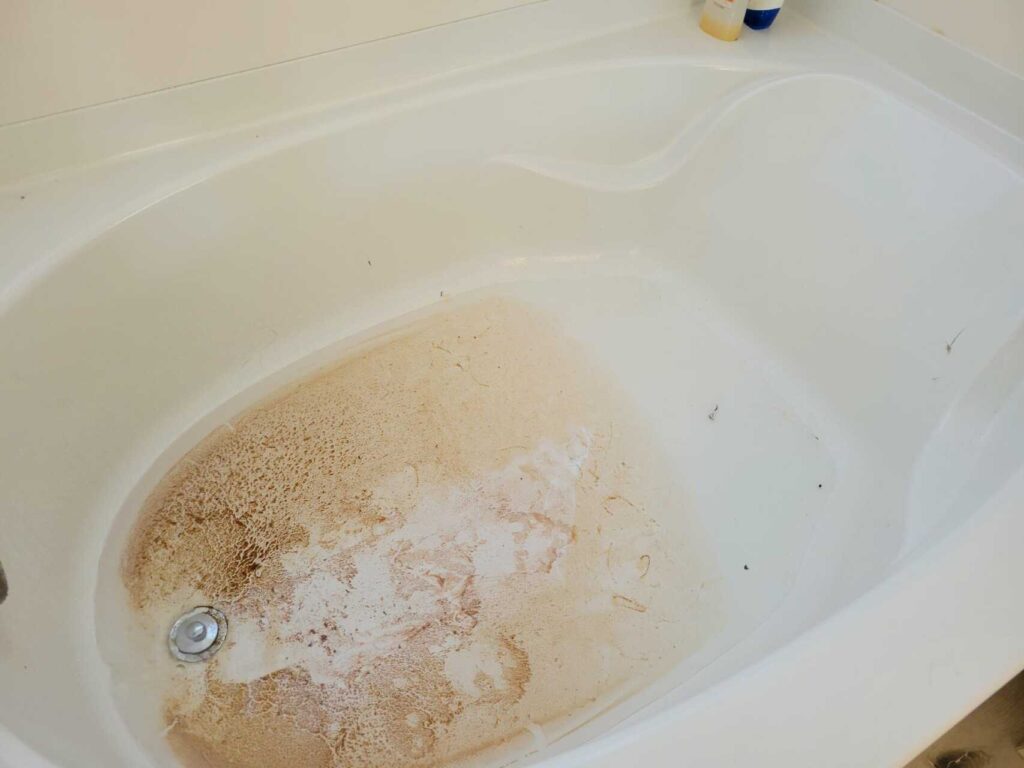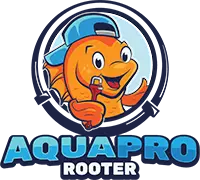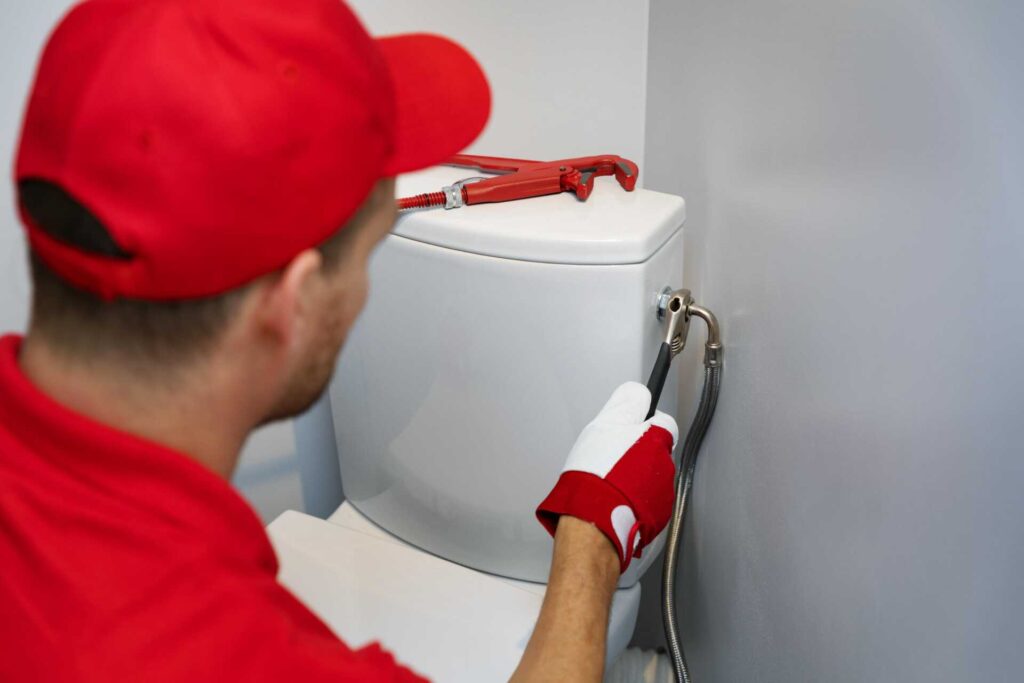
Contents
When you’re faced with a stubborn pipe blockage, it can be frustrating and time-consuming to figure out the best approach. You’ve likely tried a few common solutions, but there are more effective strategies worth considering. From the power of hydro jetting to preventative measures that keep your pipes clear, understanding these options can save you time and money. But before you decide on your next move, it’s crucial to explore what truly sets the top strategies apart and how they can transform your plumbing issues.
Key Takeaways
- Hydro Jetting: Utilize high-pressure water jets to effectively clear stubborn debris and grease buildup from pipes, restoring flow and preventing future blockages.
- Professional Inspection: Hire qualified plumbing professionals to conduct camera inspections, identifying vulnerabilities and ensuring thorough blockage removal.
- Regular Maintenance: Schedule periodic inspections and cleanings to catch potential issues early and maintain optimal plumbing health.
- Use Drain Strainers: Install strainers in sinks and showers to catch hair and debris, preventing them from entering the plumbing system.
- Proper Waste Disposal: Avoid flushing non-biodegradable items and food scraps to reduce the risk of stubborn blockages in your pipes.
Understanding Pipe Blockages
When you encounter a pipe blockage, it’s essential to understand the common causes and types of obstructions that can occur. Blockages often stem from a buildup of grease, hair, soap residue, or foreign objects lodged within the pipes. These materials can accumulate over time, narrowing the pipe’s diameter and eventually leading to significant flow restrictions. Knowing these common causes helps you identify potential issues before they escalate.
You should also be aware of the signs of blockage. Gurgling sounds in drains, slow drainage, or water backing up are strong indicators that a problem exists. Additionally, unpleasant odors emanating from your drains can signal trapped waste. Regular maintenance and monitoring can help you catch these symptoms early, preventing more severe problems down the line.
Another common cause is tree roots invading underground pipes, which can create blockages that are particularly challenging to remove. This infiltration often occurs in older plumbing systems, so if you live in an older home, it’s wise to be vigilant. You may want to conduct periodic inspections to ensure your pipes remain clear.
Understanding these common causes and blockage signs empowers you to take proactive measures. By addressing issues early and maintaining your plumbing system, you establish a solid foundation for a functional and efficient home, fostering a sense of belonging in your living space.
Benefits of Hydro Jetting
While many traditional methods exist for clearing pipe blockages, hydro jetting stands out as one of the most effective solutions due to its ability to provide a thorough clean. This advanced technique employs high-pressure water jets to remove stubborn debris, grease buildup, and tree roots that often plague plumbing systems. One of the key hydro jetting advantages is its capability to clear blockages and to restore the inner surface of pipes, preventing future issues.
The applications of hydro jetting are diverse and suitable for both residential and commercial properties. Whether you’re dealing with a slow drain in your home or significant blockages in a commercial sewer line, hydro jetting can effectively address the problem. This method is particularly beneficial for older pipes that may have accumulated years of buildup. By using hydro jetting, you reduce the risk of damage often associated with mechanical augers or snaking.
Additionally, hydro jetting is environmentally friendly, as it doesn’t rely on harsh chemicals to break down clogs. Instead, it uses the sheer force of water, making it a safe option for your plumbing and the surrounding environment. By choosing hydro jetting, you’re opting for a long-term solution that minimizes the chances of recurring blockages. Ultimately, investing in this technique saves you time and money in the long run and enhances the overall health of your plumbing system.
Hydro Jetting Process Explained
Understanding the hydro jetting process is fundamental for anyone facing persistent plumbing issues, as this method involves several key steps that assure effective results. First, hydro jetting equipment is set up, including a high-pressure water jet and specialized hoses. These tools deliver water at pressures exceeding 4,000 psi, effectively breaking down and flushing away stubborn blockages, grease, and debris.
Before starting, it’s essential to assess the condition of your pipes. A detailed inspection using a camera can help identify any vulnerabilities or damaged areas. This step is important to make sure hydro jetting doesn’t exacerbate existing problems. Once the inspection is complete, the technician will prepare the area, ensuring that proper hydro jetting safety measures are in place. This includes wearing protective gear and making certain the workspace is clear of any hazards.
Next, the nozzle is inserted into the pipe, and the high-pressure water is activated. This intense stream of water scours the inside of your pipes, removing built-up materials and restoring proper flow. The process usually takes anywhere from 30 minutes to a few hours, depending on the severity of the blockage.
After hydro jetting, a follow-up inspection is often performed to verify that all debris has been cleared effectively. This thorough approach resolves current blockages and helps prevent future plumbing issues. Embracing the hydro jetting process can lead to long-lasting results and peace of mind for homeowners.
Choosing the Right Professionals
After experiencing the benefits of hydro jetting, the next step is finding the right professionals to handle your plumbing needs. It’s essential to choose experts who possess strong plumbing expertise and can conduct a thorough professional assessment of your situation. Start by researching local plumbing companies that specialize in advanced techniques like hydro jetting. Check for certifications, licenses, and insurance to ensure you’re hiring qualified technicians.
Don’t hesitate to ask for referrals from friends, family, or neighbors. Personal experiences can guide you toward reputable professionals who’ve successfully resolved similar issues. When you contact potential plumbers, inquire about their experience with hydro jetting and their approach to handling stubborn blockages. A knowledgeable technician should be able to explain the process clearly and provide you with a realistic timeline and cost estimate.
Additionally, look for companies that offer warranties on their work. This shows confidence in their plumbing expertise and commitment to customer satisfaction. Reading online reviews can also give you insight into their service quality and reliability.
Once you’ve narrowed down your options, schedule consultations to discuss your specific needs. This will allow you to gauge their communication skills and how well they listen to your concerns. Trust your instincts—if a professional makes you feel valued and understood, they’re likely the right fit for your plumbing needs. By taking these steps, you’ll find a skilled plumber who can effectively tackle and resolve your stubborn pipe blockages.
Preventive Measures for Blockages
To effectively prevent blockages in your plumbing system, you should adopt a proactive maintenance routine that addresses common issues before they escalate. Regular maintenance is essential; schedule periodic inspections to identify potential problems early. This can include checking for unusual noises, slow drainage, or any signs of leaks. A professional plumber can help you assess the condition of your pipes and recommend necessary repairs.
Proper disposal of waste is another key strategy. Avoid flushing anything other than toilet paper, as items like wipes, cotton balls, and feminine hygiene products can cause significant clogs. In the kitchen, be mindful of what goes down the drain. Never pour grease, oil, or food scraps directly into your sink. Instead, use a composting system or a garbage disposal designed to handle food waste.
Investing in a sink strainer can also prevent debris from entering your plumbing system. These inexpensive devices catch food particles and hair, reducing the risk of blockages. Additionally, regularly clean your drains with a mixture of baking soda and vinegar, which can help break down buildup and keep your pipes clear.
Lastly, consider installing a water softener if you live in an area with hard water. Hard minerals can accumulate in pipes over time, leading to blockages. By implementing these preventive measures, you’ll maintain a smooth-running plumbing system and foster a sense of belonging to a community that values proactive home care.
Final Thoughts
Tackling tough pipe blockages demands diligence and determination. By adopting advanced approaches like high-pressure hydro jetting, you’ll ensure a cleaner, clearer pipeline. Remember, preventive practices like proper disposal and periodic inspections can prevent pesky problems from recurring. With the right professionals by your side, you can maintain your plumbing’s peak performance. Stay proactive, and you’ll enjoy a hassle-free flow, keeping your home’s waterway wonderfully functional.



